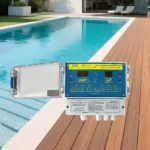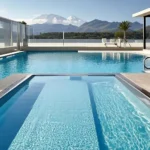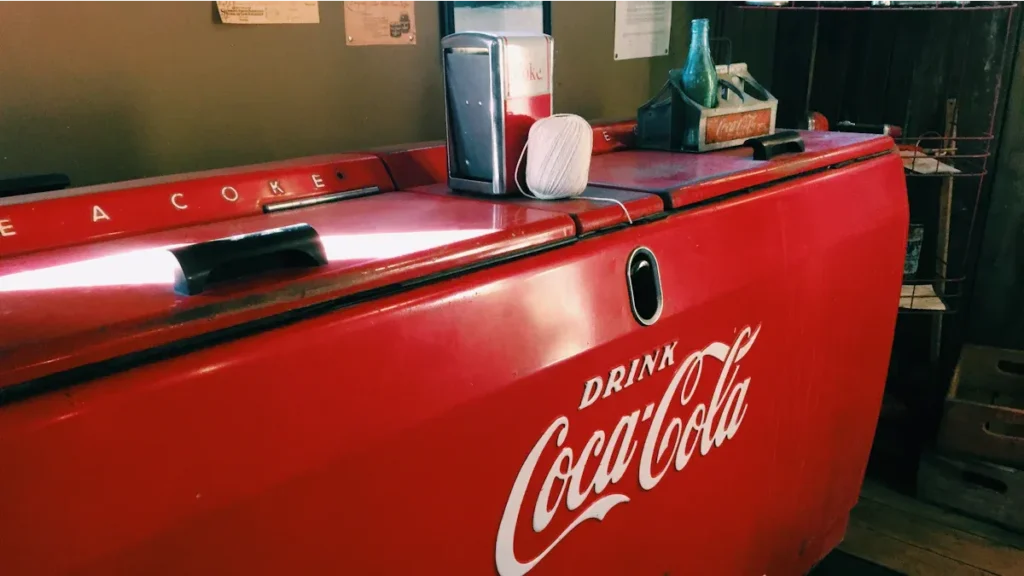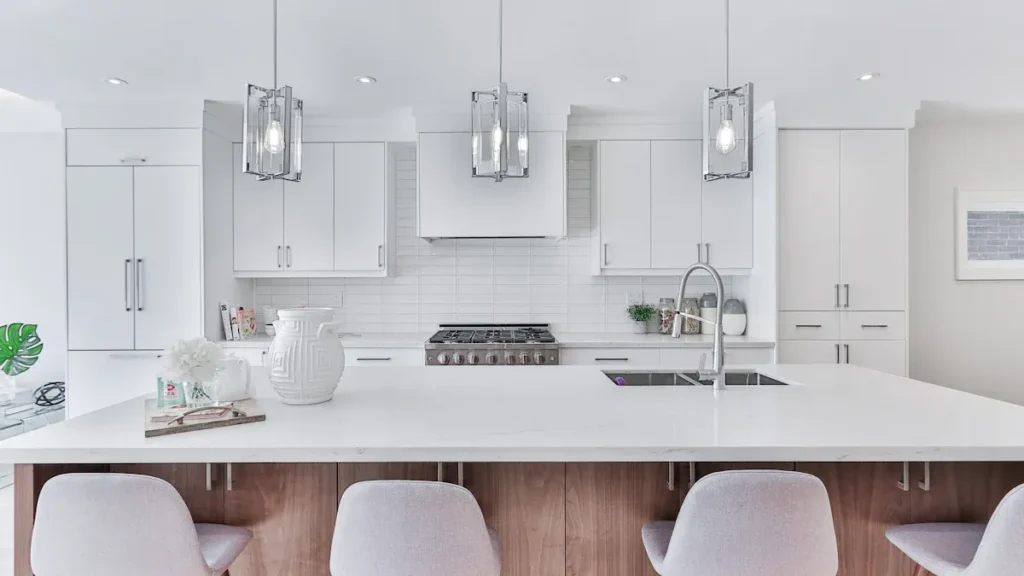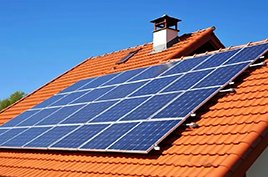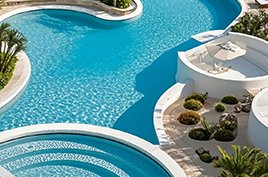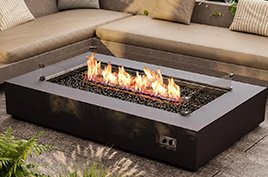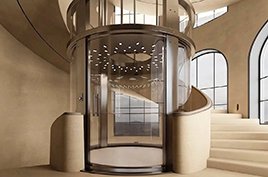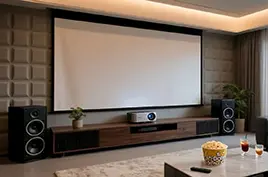If you’re considering building a swimming pool, you’ve likely come across various construction methods and materials. One popular option that often stands out is the shotcrete pool. In this blog post, we’ll delve into what a shotcrete pool is, its installation process, pros and cons, and how it compares to other types of pools, helping you make an informed decision for your backyard oasis.
What Is a Shotcrete Pool?
A shotcrete pool is a type of swimming pool constructed using shotcrete, a material that consists of concrete or mortar sprayed under high pressure onto a framework. This application method allows for a seamless, durable structure that can be customized to various shapes and sizes, making shotcrete pools a favorite among homeowners who want a unique and long-lasting pool.
Shotcrete has been used in pool construction for decades, and its popularity continues to grow due to its versatility and strength. The key characteristic of a shotcrete pool is the way the material is applied, which creates a solid, monolithic structure that can withstand the test of time and the constant pressure of water.
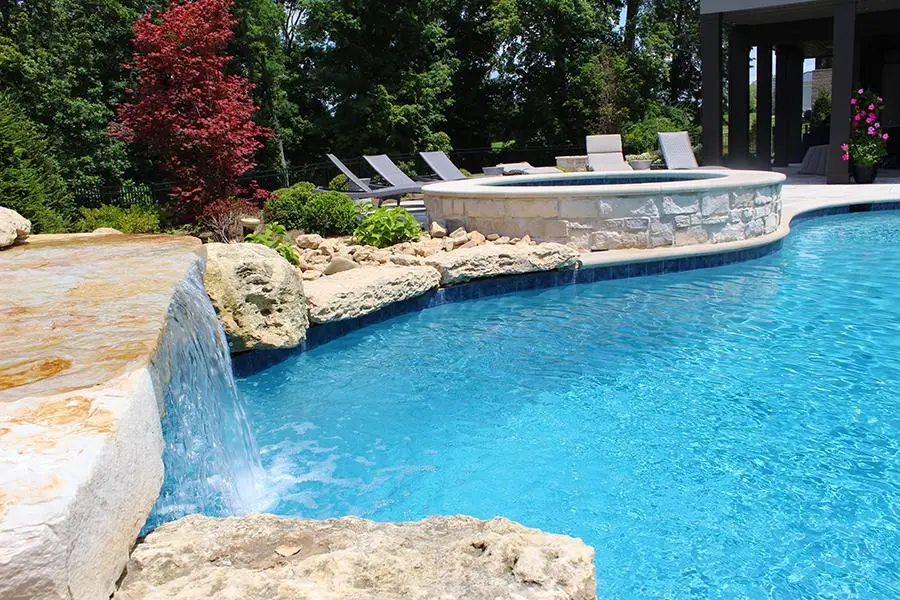
The Installation Process of a Shotcrete Pool
Building a shotcrete pool is a detailed process that requires skill and precision. Here’s a step-by-step overview of the installation process:
- Design and Planning: The first step is to create a detailed design of the pool, considering the size, shape, depth, and any additional features like steps, benches, or waterfalls. This design will guide the entire construction process.
- Excavation: Once the design is finalized, the area where the pool will be built is excavated according to the specifications. The soil is removed to the required depth and shape, and the site is prepared to ensure a stable base.
- Framing and Reinforcement: A framework, typically made of wood or steel, is built to outline the shape of the pool. Then, a reinforcement mesh or rebar is installed within this framework to provide structural support. This reinforcement is crucial for the strength and stability of the shotcrete pool.
- Shotcrete Application: This is the key step in building a shotcrete pool. The shotcrete material is mixed and then sprayed onto the reinforcement using a high-pressure hose. The material adheres to the reinforcement and forms the shell of the pool. The application is done in layers to ensure proper thickness and coverage.
- Curing: After the shotcrete is applied, it needs to cure properly. Curing is the process of maintaining adequate moisture and temperature levels to allow the concrete to gain strength. This typically takes several days, and during this time, the pool shell is kept moist to prevent cracking.
- Finishing: Once the shotcrete has cured, the pool is ready for finishing touches. This includes applying a waterproofing membrane, tiling the edges and steps, and installing the filtration system, pumps, and other necessary equipment.
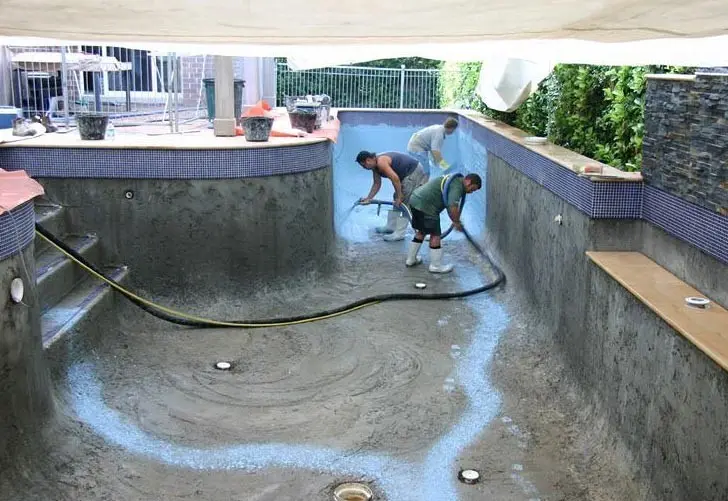
Pros and Cons of Shotcrete Pools
Like any pool construction method, shotcrete pools have their advantages and disadvantages.
Pros
- Durability: Shotcrete pools are known for their exceptional durability. The monolithic structure created by the sprayed concrete can withstand heavy use, extreme weather conditions, and the pressure of water for many years.
- Customization: One of the biggest benefits of a shotcrete pool is the ability to customize it to your exact specifications. Whether you want a free-form shape, unique features, or a specific depth, shotcrete can accommodate your needs.
- Strength: The high-pressure application of shotcrete creates a dense, strong structure that is less prone to cracking and leaking compared to some other pool types.
- Longevity: With proper maintenance, a shotcrete pool can last for decades, making it a long-term investment.
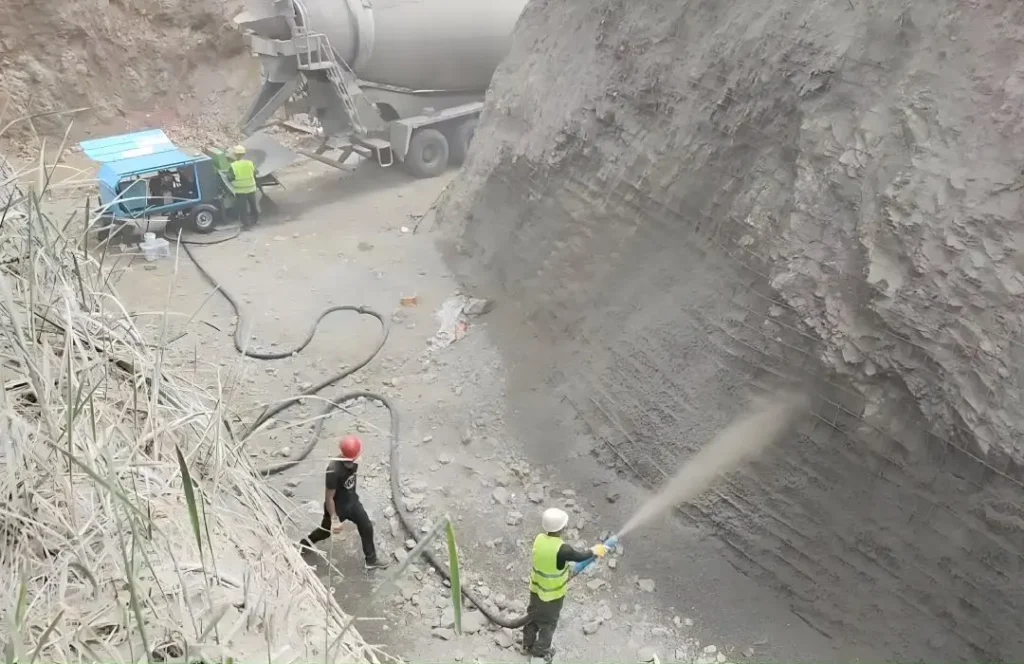
Cons
- Cost: Shotcrete pools are generally more expensive than some other types of pools, such as vinyl liner pools. The cost of materials and the skilled labor required for installation contribute to the higher price tag.
- Installation Time: The installation process for a shotcrete pool is longer than for some other options. The curing time alone can take several days, and the overall process can take weeks to complete.
- Skill Requirement: Applying shotcrete requires specialized skills and equipment. It’s important to hire experienced professionals to ensure the job is done correctly, which can add to the cost.
Difference Between Gunite (Dry-Mix) and Shotcrete (Wet-Mix)
In pool construction, the two primary sprayed concrete methods are often referred to by specific terms: gunite (dry-mix) and shotcrete (wet-mix). Here’s how they differ:
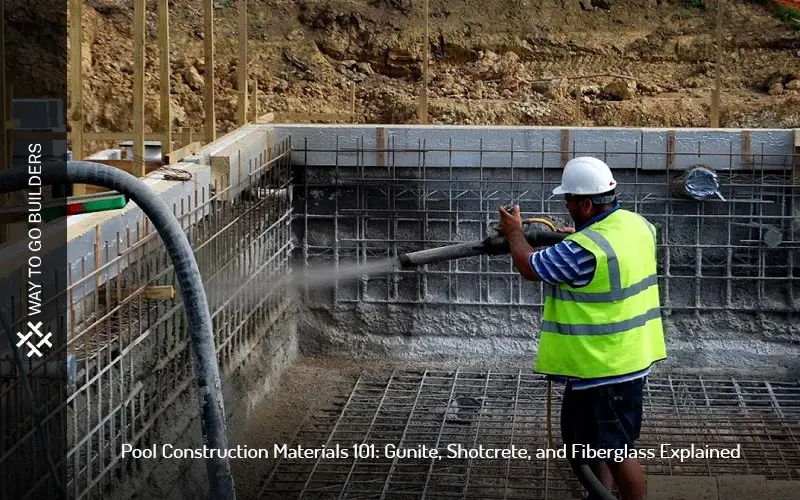
- Gunite (Dry-Mix): Gunite is a dry-mix process where the dry ingredients (cement, sand, and aggregate) are blended and conveyed through a hose to the nozzle. Water is added at the nozzle just before application, allowing the operator precise control over the water-cement ratio. This method is widely favored for pool construction due to its versatility in shaping and superior bonding with reinforcement. It performs exceptionally well in vertical and overhead applications, making it ideal for complex pool designs.
- Shotcrete (Wet-Mix): Shotcrete, in the strict sense of wet-mix, involves pre-mixing all ingredients—including water—before pumping through the hose. The wet mixture is then sprayed onto the surface using high-pressure equipment. This method allows for faster application rates, making it suitable for large-scale projects where speed is a priority. However, it requires careful handling to prevent segregation of materials during transport and application, demanding more stringent quality control over the mix consistency.
Difference Between Shotcrete Pools and Fiberglass Pools
Shotcrete pools and fiberglass pools are two popular options, but they have distinct differences:
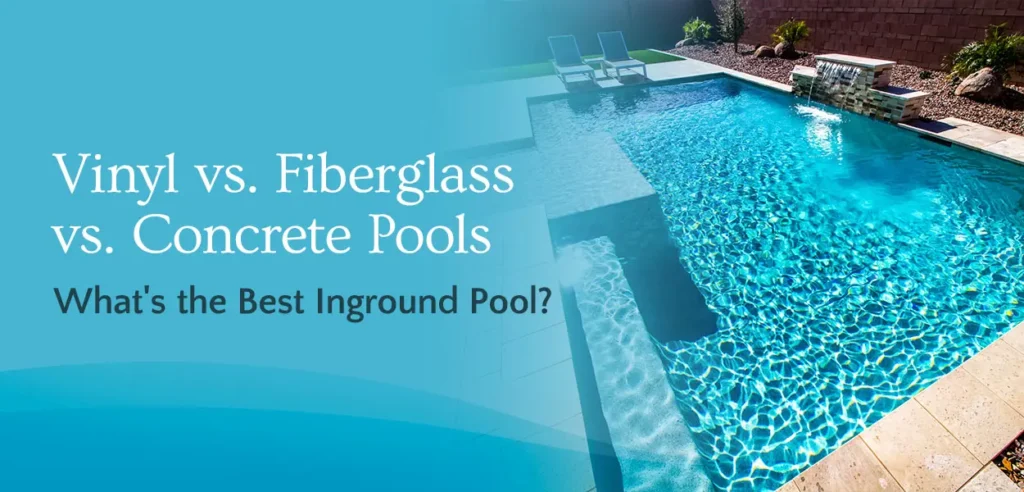
- Material: Shotcrete pools are made of concrete sprayed under pressure, while fiberglass pools are pre-manufactured in a factory using fiberglass-reinforced plastic.
- Customization: Shotcrete pools offer almost unlimited customization in terms of shape, size, and features. Fiberglass pools, on the other hand, are available in pre-determined shapes and sizes, limiting customization options.
- Installation Time: Fiberglass pools are typically installed much faster than shotcrete pools. A fiberglass pool can be placed in a matter of days, while a shotcrete pool can take weeks.
- Cost: The cost of a shotcrete pool is generally higher than that of a fiberglass pool, especially for smaller pools. However, for larger or more custom designs, the cost difference may be less significant.
- Durability: Both shotcrete and fiberglass pools are durable, but shotcrete pools are often considered more resistant to damage from impacts and extreme temperatures. Fiberglass pools can be prone to cracking if the ground shifts.
- Maintenance: Fiberglass pools have a smooth, non-porous surface that is easier to clean and requires less maintenance. Shotcrete pools may require more frequent cleaning and occasional resurfacing over time.
Choosing the Right Pool Materials
When it comes to choosing the right materials for your pool, several factors need to be considered:
- Climate: The climate in your area plays a role in the type of mix you choose. In areas with extreme temperatures, a mix with additives that improve freeze-thaw resistance may be necessary.
- Pool Usage: If the pool will be used heavily, a stronger mix with a higher cement content may be required to withstand the wear and tear.
- Budget: Different mixes have different costs, so it’s important to consider your budget. However, it’s not advisable to skimp on quality, as a poor mix can lead to costly repairs down the line.
- Local Regulations: Some areas have specific building codes and regulations regarding the type of concrete mix used in pool construction. Be sure to check with your local authorities to ensure compliance.
Consulting with a professional pool builder is the best way to determine the right mix for your shotcrete pool. They can assess your specific needs and recommend a mix that will provide the strength, durability, and performance you’re looking for.
Maintenance Tips for Shotcrete Pools
Proper maintenance is essential to keep your shotcrete pool in top condition and extend its lifespan. Here are some key maintenance tips:

- Regular Cleaning: Clean the pool surface regularly to remove debris, algae, and other contaminants. Use a soft brush or pool vacuum to avoid scratching the surface. Pay special attention to corners and crevices where dirt can accumulate.
- Water Chemistry Balance: Maintain proper water chemistry by regularly testing the pH, chlorine, and alkalinity levels. Imbalanced water can cause damage to the shotcrete surface, leading to staining, etching, or weakening of the structure. Follow the recommended levels and adjust as needed.
- Inspect for Cracks and Leaks: Periodically inspect the pool for any signs of cracks, chips, or leaks. Small cracks can be repaired with a pool patching compound, but larger issues may require professional attention. Early detection and repair can prevent more serious problems from developing.
- Resurfacing When Needed: Over time, the surface of a shotcrete pool may become worn or stained. Depending on the type of finish, resurfacing may be needed every 5-10 years. Common resurfacing options include plaster, aggregate, or tile. Consult a professional to determine the best resurfacing method for your pool.
- Protect Against Freezing: In areas with freezing temperatures, take steps to protect the pool during the winter months. Drain the pool to the appropriate level, winterize the plumbing and equipment, and cover the pool to prevent ice damage.
Common Issues with Shotcrete Pools and How to Solve Them
While shotcrete pools are durable, they can still encounter certain issues. Here are some common problems and their solutions:
- Cracking: Cracks can occur due to ground movement, improper curing, or extreme temperature changes. Small cracks can be filled with a pool repair mortar. For larger or structural cracks, it’s important to consult a professional to assess the damage and determine the appropriate repair method, which may involve injecting epoxy or other sealants.
- Staining: Stains can develop from minerals, algae, or debris. To remove stains, use a pool stain remover that is compatible with your pool’s surface. For metal stains, you may need to use a specific treatment designed to dissolve the minerals. Regular cleaning and proper water chemistry can help prevent staining.
- Leaks: Leaks can be difficult to detect but can lead to significant water loss and damage. Signs of a leak include a drop in water level, wet spots around the pool, or increased water bills. To locate a leak, you can perform a bucket test or hire a professional leak detection service. Once the leak is found, it can be repaired by patching the affected area or replacing damaged plumbing.
Cost Breakdown of Building a Shotcrete Pool
Understanding the cost breakdown can help you budget for your shotcrete pool project. Here’s a general overview of the main cost components:
- Design and Permits: Design fees can range from \(500 to \)2,000, depending on the complexity of the design. Permit costs vary by location but typically range from \(500 to \)1,500.
- Excavation: Excavation costs depend on the size and shape of the pool, as well as the type of soil. On average, excavation can cost between \(1,000 and \)5,000.
- Materials: The cost of shotcrete material varies based on the type (gunite or wet-mix shotcrete) and the quantity needed. Generally, materials can range from \(3,000 to \)8,000.
- Labor: Labor costs are a significant portion of the total expense, as shotcrete application requires skilled workers. Labor costs can range from \(5,000 to \)15,000, depending on the size and complexity of the pool.
- Finishing Touches: Finishing touches such as tiling, waterproofing, and equipment installation can add \(5,000 to \)15,000 or more to the total cost, depending on the quality and features chosen.
Overall, the total cost of building a shotcrete pool can range from \(20,000 to \)50,000 or more, depending on various factors such as size, design, location, and additional features.
In conclusion, a shotcrete pool is a durable, customizable option for homeowners who want a unique and long-lasting swimming pool. While it may be more expensive and take longer to install than some other types of pools, its benefits often outweigh the drawbacks for those seeking a high-quality pool. By understanding the installation process, pros and cons, maintenance requirements, and cost factors, you can make an informed decision that will allow you to enjoy your pool for years to come. Whether you’re looking for a custom-designed backyard retreat or a functional pool for family fun, a shotcrete pool is a worthwhile investment that can enhance your outdoor living space.



